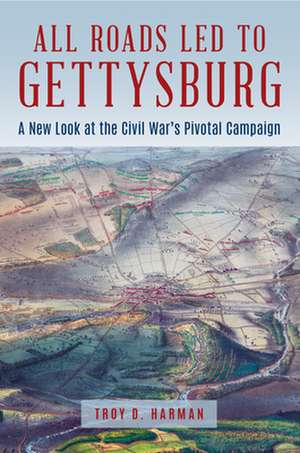All Roads Led to Gettysburg
Autor Troy D. Harmanen Limba Engleză Hardback – 14 iul 2022
Preț: 224.94 lei
Nou
Puncte Express: 337
Preț estimativ în valută:
43.04€ • 45.06$ • 35.61£
43.04€ • 45.06$ • 35.61£
Carte disponibilă
Livrare economică 13-19 martie
Livrare express 28 februarie-06 martie pentru 29.48 lei
Preluare comenzi: 021 569.72.76
Specificații
ISBN-13: 9780811770637
ISBN-10: 081177063X
Pagini: 288
Dimensiuni: 152 x 229 x 32 mm
Greutate: 0.64 kg
Editura: Rowman & Littlefield
ISBN-10: 081177063X
Pagini: 288
Dimensiuni: 152 x 229 x 32 mm
Greutate: 0.64 kg
Editura: Rowman & Littlefield
